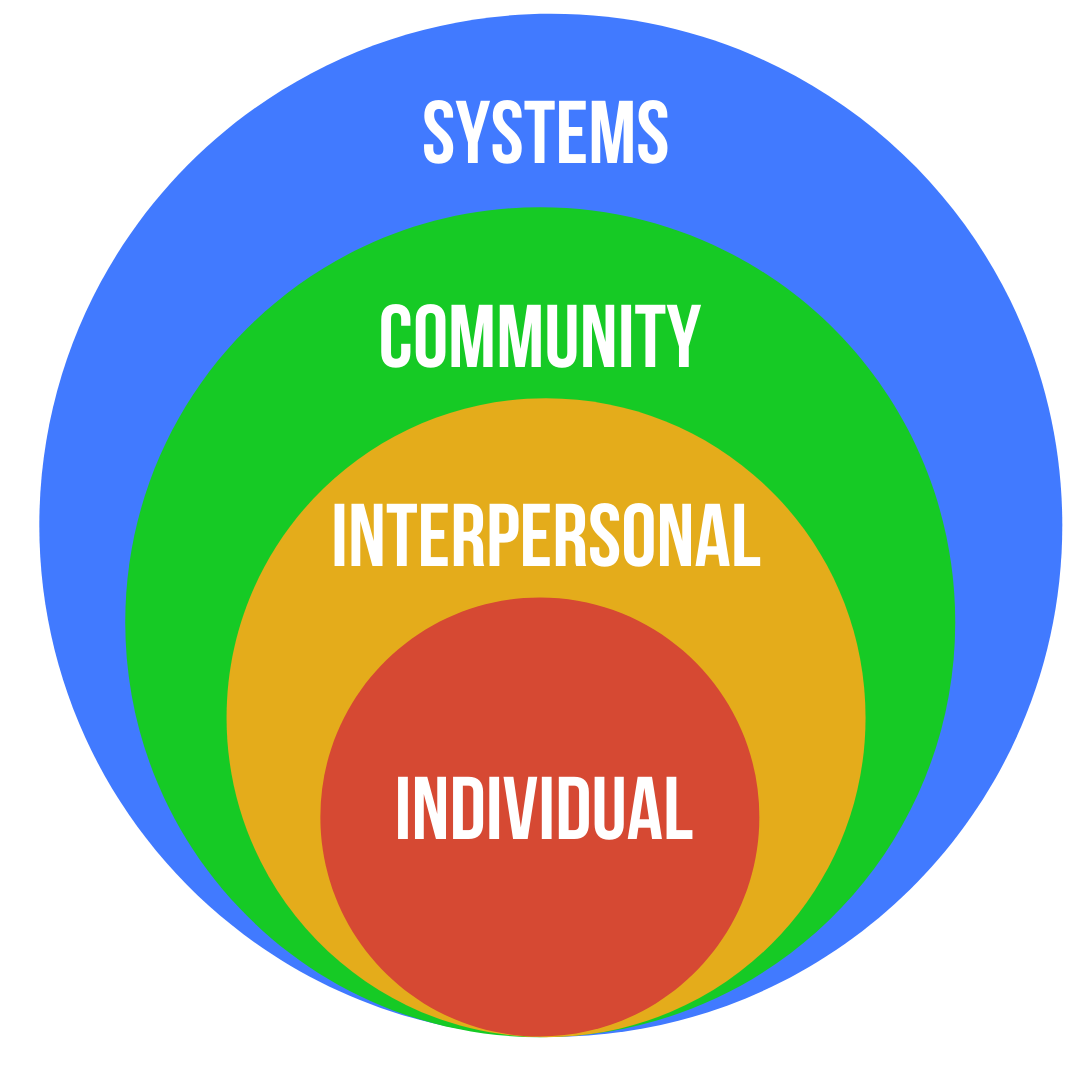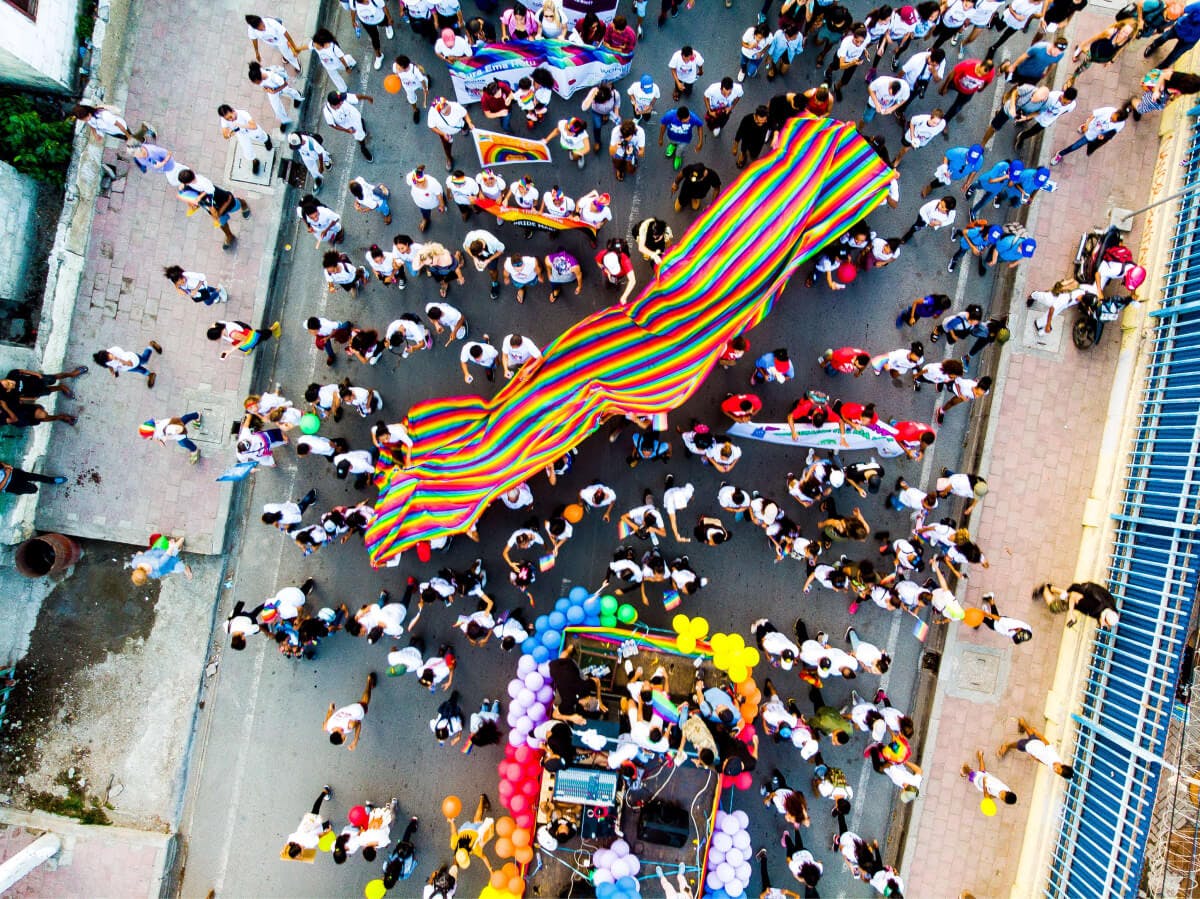Our Theory of Change
Our Theory of Change
Brown Hope acts as a bridge with people from different backgrounds to support an ecosystem of unique programs that embrace abundance, promote solidarity, and nurture a world of healing and justice. Our theory of change reflects our understanding of the cycles of harm perpetuated by historical and ongoing racial trauma and outlines our thoughtful and hopeful strategy to nurture a world of justice and healing.
Brown Hope responds to racial injustice through healing justice. Our theory of change uses a healing justice framework to address the cycles of harm perpetuated by historic and ongoing racial trauma, and outlines our dream for collective healing and liberation.
The Racial Trauma Crisis
Racial trauma, both historical and ongoing, has impacted Black, Brown, and Indigenous communities for centuries, passing wounding from generation to generation.
The legacy and ongoing consequences of racial trauma are:
- Material
- Emotional
- Psychological
- Spiritual
These traumas serve as a formidable obstacle for Black, Brown, and Indigenous communities. Both for our livelihoods, but also for our long term efforts to grow a world free from racism. Brown Hope creates and delivers solutions to heal from racial trauma and make our dreams a reality.
Healing is Liberation
At Brown Hope, healing means liberation. We work to liberate ourselves from the lies of racism and white supremacy every single day. Any attempts to devalue or harm Black, Brown, and Indigenous lives are invalidated by our inherent worth. Through inner transformation, we make injustice powerless against us.
With Brown Hope’s four core strategies, we act as a bridge with people across different backgrounds to support an ecosystem of unique programs that embrace abundance, promote solidarity, and nurture a world of healing and justice.
Core Strategy #1: Nourishing Abundance
Each and every one of us has the power to heal, by transforming pain into love.
Pain confuses and hinders us. It’s a form of energy that occurs when we suffer alone or cause suffering to others. Left unhealed, pain creates cycles of trauma and threatens our enjoyment of life. But a stronger force, love, inspires and nourishes us. It’s a form of energy that occurs when we honor ourselves or give compassion to others. When sustained, love creates cycles of healing and gives life to our wildest dreams.
We nourish love and abundance by finding it first in four ways of being: the heart, the mind, the body, and the spirit. These ways of being are four pieces of what makes us alive, the unique ways we perceive and interact with the world.
When we heal ourselves from material, emotional, psychological, and spiritual trauma, we can then nourish others with love. And in our abundant world, there is more than enough love for everyone.
Four Ways of Being – Body, Heart, Mind, and Spirit
Body: Our body is our physical core. We give it love through seeking refuge, promoting safety, encouraging proper nutrition, and providing physical care and relief.
Heart: Our heart is our emotional core. We give it love through practicing vulnerability, setting boundaries, fostering relationships, and appreciating our common humanity.
Mind: Our mind is our psychological core. We give it love through pursuing education, studying logic, experimenting with new strategies, and sharing ideas.
**Spirit: **Our spirit is our imaginative core. We give it love through practicing mindfulness, chasing dreams, believing in hope, and embracing our collective consciousness.
Core Strategy #2: Building Multiracial Momentum
We all need healing from racial trauma, because we are all harmed by racial trauma.
Throughout human history, there have been different injustices that have harmed Black, Brown, and Indigenous communities. Each injustice has resulted in traumas that are unique to the community that experienced it.
Different racial traumas can often have a dividing effect, pressuring people from different backgrounds to be wedged against each other. But, we all dream of the same thing. Liberation.
While the challenges of racial trauma may appear to divide us, they actually teach an invaluable lesson: we are ALWAYS stronger together.
We build multiracial momentum by acting as a bridge with people across all backgrounds to inspire lasting action and collective healing. We encourage communities to show up for each other through an intersectional lens.
We honor Black, Brown, and Indigenous communities as trusted experts on developing the most effective solutions for racial healing. We create diverse, peer-based healing and leadership initiatives that foster relationships, celebrate our differences and similarities, and promote unified solidarity.
Building multiracial momentum also means working with racially privileged allies, because we all have life experiences we can leverage to inspire collective healing.
We help allies increase their understanding about racial trauma and develop innovative strategies to take positive, collective action. This includes our Action Team initiative, an organizing space for community building, racial education, and practicing team wellness.
Core Strategy #3: Inspiring Healing Justice
Healing is the pathway to justice.
We inspire healing justice by recognizing that healing needs to be jointly experienced by individuals and our entire society.
Because we are all connected to each other, we developed the Four Stages of Healing Framework; four measurable outcomes of how healing is experienced on the individual, interpersonal, community, and systems level.
Achieving healing at any of these levels is vital, but a world free of racism is dependent on inspiring healing justice within all four stages.
Four Stages of Healing Framework
While it can be challenging to create a common definition and measurement of healing, Brown Hope deepened its understanding of healing justice through our ‘Four Stages of Healing’ framework, which identifies healing at four stages of society: individual, interpersonal, community, and systems. Four measurable outcomes were developed in reflection of each of these stages.

-
Systems Outcome: To transform policies and systems for lasting Black, Brown, and Indigenous prosperity and healing.
-
**Community Outcome: ** To build and inspire new ways of economic and community development that reinforce cultural identity and solidarity.
-
Interpersonal Outcome: To foster relationships of solidarity, healing, and connection among Black, Brown, and Indigenous people.
-
Individual Outcome: To empower Black, Brown, and Indigenous community members to reclaim their own wellness and identity.
Achieving healing at any of these levels is critical, but lasting change is dependent on active effort within all four levels of healing.
Core Strategy #4: Planting Seeds of Change
Our modern times have created pain that can only be healed by embracing ancestral wisdom and planting seeds of change.
The injustices of the present are unsustainable, built upon broken structures that use dominance and exploitation to amass power for the few. This way leads to pain for us all.
We all deserve a just future, by designing healing structures that use cooperation and kindness to cultivate opportunities for the many. To achieve this dream, we must desire a return to our true nature, accepting the truth that love is fundamental to being human.
We are committed to shifting from a culture of systems to a culture of ecosystems– promoting programs, actions, and strategies inspired by ecological principles, trust, and intuition.
By planting seeds of change, we create economic, social, and spiritual capital, and share it generously just like Mother Nature. Our programs are designed to provide resources, relationships, and knowledge, rooted in an abundance mindset and radical love.
Our Seeds of Change – Economic, Social, and Spiritual Capital
Economic Capital: we strive for all people to be free of basic economic burdens by sharing cash assistance and other resources– without red tape or bureaucracy.
Social Capital: we promote togetherness for all people by facilitating the development of healthy relationships based on emotional vulnerability, cooperation, and trust.
Spiritual Capital: we encourage all people to embrace the power of healing from within, by teaching meditation, mindfulness, and ancestral practices to understand and appreciate the complex world that connects us all.
We grow economic, social, and spiritual capital through these key service areas: (examples are presented in parentheses)
-
Direct community aid (financial relief, mutual aid resources, emergency services)
-
Community building (civic engagement, arts and culture, civic capacity building, intercultural dialogues, restorative justice)
-
Mental and emotional health (peer support, somatic healing services and trainings, resiliency training, information and referral)
-
Education and advocacy (workshops, public awareness, narrative strategy, policy work)
